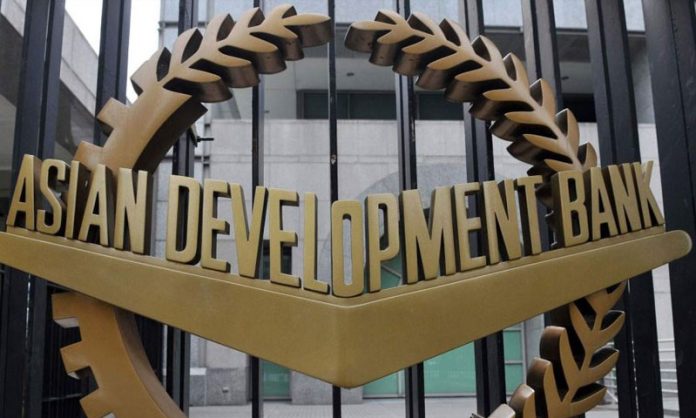HONG KONG: Asian nations must spend $26 trillion by 2030 on infrastructure to battle poverty, boost economic growth and fight climate change, the Asian Development Bank warned on Tuesday.
In its “Meeting Asia’s infrastructure needs” report, the lender said governments in some of the poorest countries in the world should invest in everything from transport, telecommunications, power and water and sanitation.
It added that despite dramatic infrastructure growth in recent decades, more than 400 million people have no access to electricity, 300 million do not have safe drinking water and around 1.5 billion lack basic sanitation.
“The demand for infrastructure across Asia and the Pacific far outstrips current supply,” ADB President Takehiko Nakao said in a statement released alongside the report.
“Asia needs new and upgraded infrastructure that will set the standard for quality, encourage economic growth, and respond to the pressing global challenge that is climate change,” Nakao said.
The more than $1.7 trillion needed each year — from 2016 to 2030 — is twice the $881 billion invested at the moment, the Bank said.
The Manila-based lender suggested the bulk of the cash, $14.7 trillion, should go on power, while $8.4 trillion should be spent on transport and $2.3 trillion towards telecoms. It indicated $800 billion for water and sanitation.
But it said a substantial infrastructure gap still remains in the 45 countries included in the report.
However, the warning comes as many economies in the region continue to struggle with a global slowdown while there are growing concerns US President Donald Trump could embark on a protectionist agenda that would batter world trade.
And while several countries around the region have promised hundreds-of-billions for new building programmes — including India, Indonesia and the Philippines — problems such as bureaucracy and corruption act as a drag.
Analysts also say governments should look to private finance for help.
“Mobilising private capital flows to fund the financing gap that cannot be met by public financing is still a major challenge,” said Rajiv Biswas, Asia-Pacific chief economist at IHS Global Insight in Singapore.
The lender, set up in 1966, is owned by 67 member-countries, 48 of which are in Asia. It approved a record $16.3 billion in loans and grants to the region in 2015.





